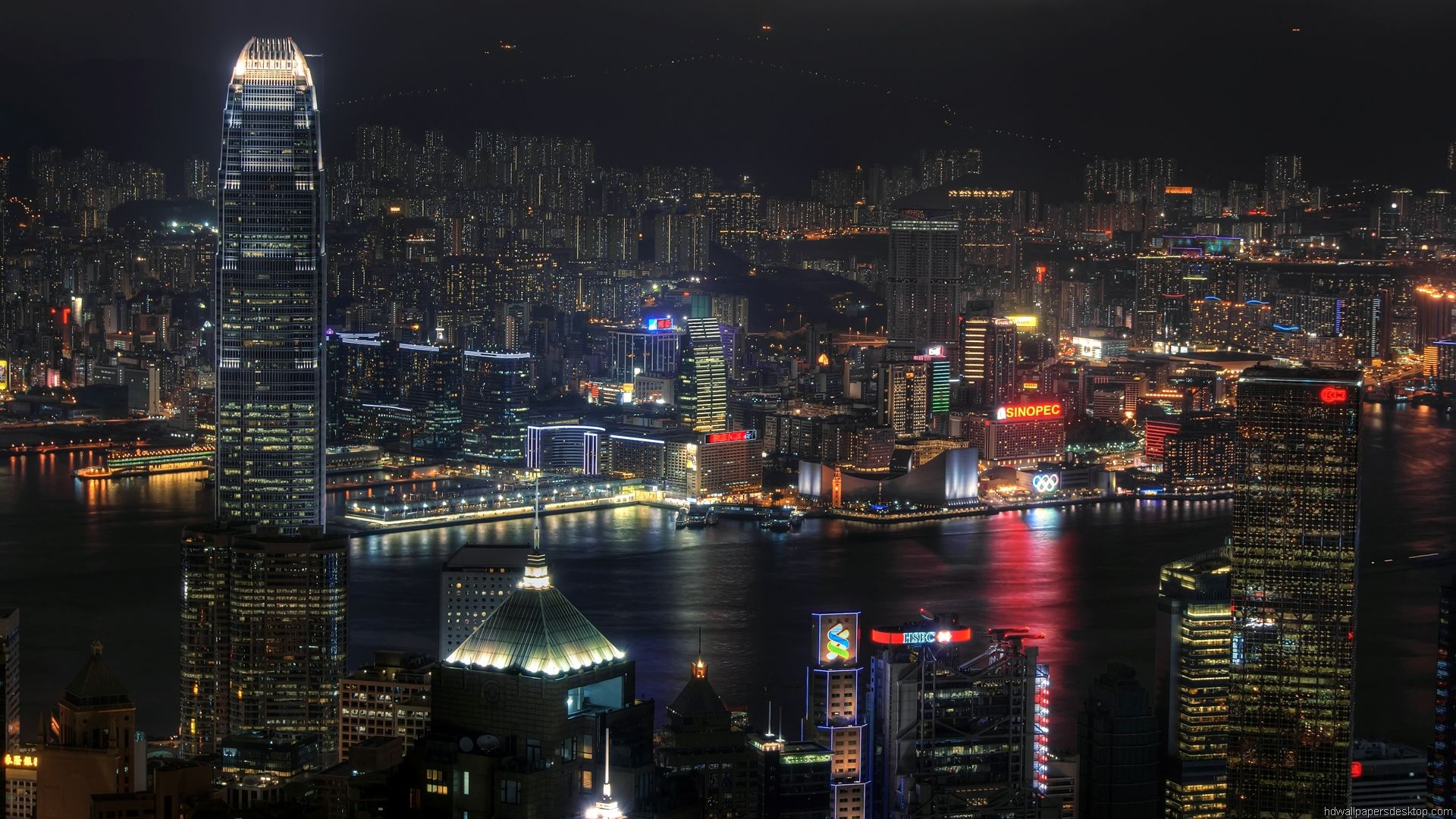The Guangdong-Hong Kong-Macau Greater Bay Area in south China has a very positive outlook with large-scale investment and unified planning, a senior U.S. expert in transportation policy and urban planning said Tuesday.
China’s massive investment in world-class infrastructure from high-speed rail to top-tier international airports will pay off handsomely over time, said Robert Cervero, professor emeritus with City and Regional Planning Faculty of University of California, Berkeley.
“China’s strong legacy of unified master planning — from cities to industries to education — will likely give it a competitive edge in the global marketplace over time, especially in the Greater Bay Area,” said Cervero.
Cervero told Xinhua that as East Asia continues to prosper and Southeast Asia continues to climb up the economic development ladder, the Greater Bay Area is well positioned to become the dominant or certainly one of the top two or three urban hubs for the entire region.
The Greater Bay Area, the San Francisco Bay Area and New York metropolitan region are all international nodes of commerce, major innovation hubs and international tourist destinations, said Cervero.
The three areas all have first-class universities and attract creative talents, added Cervero.
“I’m struck that the Guangdong-Hong Kong-Macau region is much larger, both in population and geography than the U.S. counterparts,” said Cervero.
Attention shall be paid to environmental protection not only to ensure healthy living and a high quality of life, but also to elevate the region as a global leader in combating climate change, which is particularly important in coastal regions, Cervero said.
Cervero added that ensuring equal and fair access to basic needs will be critically important to integrating the region socially and economically and to aiding the surrounding areas.
Comprising Hong Kong, Macau and nine cities in Guangdong Province, the Greater Bay Area has a total area of around 56,000 square kilometers.
At the end of 2019, the Greater Bay Area had a total population of over 72 million with GDP at 1,679.5 billion U.S. dollars and per capita GDP at 23,371 dollars in the year, according to the Guangdong-Hong Kong-Macau Greater Bay Area Development Office with the Hong Kong Special Administrative Region.
In recent years, China has been pushing forward in-depth regional cooperation in the Greater Bay Area with development plans unveiled in July 2017 and February 2019 respectively.









